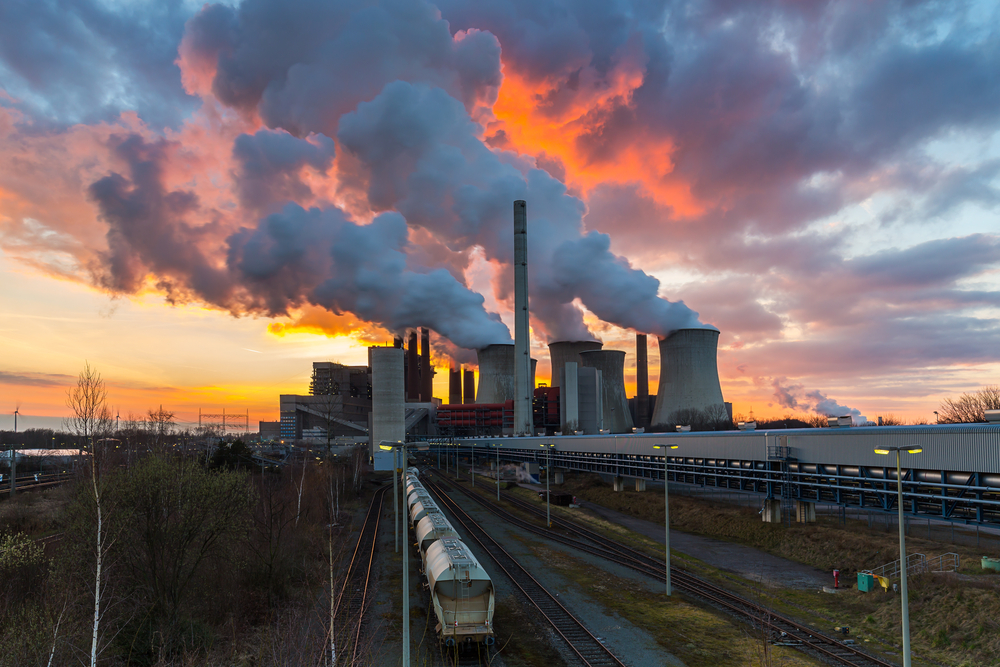Fossil fuels in a circular economy
Prices of raw materials such as steel, oil and cotton have increased significantly over the past years. On the one hand because the easily extractable materials are depleted. On the other hand, demands are rising especially from countries such as Brazil, India and China. Not only are these shortages of raw materials an economic threat, ecologically there are visible risks as well. For example, extraction and consumption of these materials are causing climate change and affect the biodiversity. This has a negative impact on fertility and quality of life on earth, causing crop yields to decline and food prices to rise.
Recycling raw materials would be both ecologically and economically a great solution. Raw materials then are not discarded after use, burned or thrown away, but taken apart, refreshed and re-used. From a linear economy to a circular economy. Is this method also applicable to fossil fuels as our most important raw material for generating energy?
Recycling energy
Fossil fuels are part of those raw materials that become more and more scarce and difficult to extract. Pumping oil and gas which is more and more difficult to extract nowadays, costs more energy and therefore the benefits decrease. For now, shale gas may seem a convenient and inexpensive alternative. Nevertheless, the environmental impact is not yet fully known and of course it remains a fossil fuel that, with combustion causes the greenhouse gas CO2. Apart from what greenhouse gases mean for climate change, at one point shale gas will run out as well. Because that is the big problem with fossil fuels; once they are all finished. And since they are not recyclable after combustion, finished is really…finished. But are fossil fuels really not recyclable?
Circular, but not right now
The problem is that to transform biomass, like dead trees and plants, into oil, gas and coal, takes millions of years. This year’s some of the CO2, released by combustion of fossil fuels, will be reabsorbed into the biomass on Earth. A large part remains floating in the atmosphere, because there are simply too much CO2 emissions to be absorbed into the annual “natural” cycle. The CO2 emissions which are now absorbed into biomass as firewood annually, could be described as ‘circular’. And someday, when we are gone, all caused CO2 emissions will have been converted back into gas, oil and coal, deep underground. But that will not be next year, or in a century. No, we are talking about the year 100 002 022 or so.
More disadvantages than advantages
Basically, therefore fossil fuels are circular in biological or physical sense. However, after combustion, they are not suitable for the current economy nor the economies over the next ten million generations. Actually, at the moment consuming fossil fuels causes enormous damage to our economy. Consequently climate change causes an economic loss of billions and billions of dollars. For example, by damaging real estate and agricultural areas because of floods, hurricanes and other extreme weather.
Entrepreneurs and sustainable energy
Entrepreneurs are becoming more aware of the fact that the raw materials they use in their products will be at an end someday. They also handle those raw materials in a more creative and sustainable way. Also with regards to fossil fuels, there are alternatives to be looked at. More and more companies use solar energy as a sustainable energy source for their business. Also wind and biomass are sources of alternative energy that do not pollute and will be directly available for millions of years. Power plants use these sources of energy more and more in order to provide their customers with green power.
Summarized
OK, briefly summarized: fossil fuels do not fit into a circular economy, after combustion they are finished, useless and cause economic damage rather than what they produce. Sustainable energy sources like the sun, wind and water do fit into a circular economy. They are available for millions of years, do not pollute and do not directly cause greenhouse gas emissions. Now the important question is: how ‘circular’ are the techniques used for the generation of sustainable energy? How long does a solar panel or windmill last and what can you do with them when they are ‘finished’? Can you reuse, foresee them of new technology features or recycle them?

